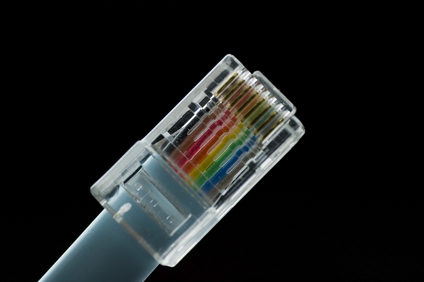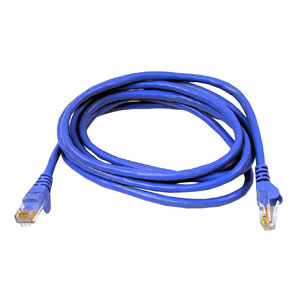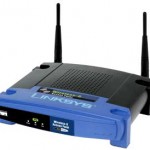
Creating the Requirements of Network Design
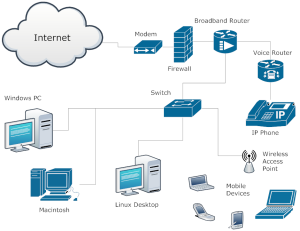 Various requirements that are skillfully combined during the implementation phase can result in a desired network design that helps attain a company’s business goals. Below is a classification of requirements for an organization. Some may be directly provided by the network design team while others may be determined from the goals or requirements of the company.
Various requirements that are skillfully combined during the implementation phase can result in a desired network design that helps attain a company’s business goals. Below is a classification of requirements for an organization. Some may be directly provided by the network design team while others may be determined from the goals or requirements of the company.
Business Goals
- Decreasing operational costs
- Expanding business via additional remote sites
- Increasing staff productivity
Business Requirements
- Decrease expenses for the maintenance of multiple voice & data networks
- Provide support for expanding business via additional remote sites
- Raise staff productivity by improving internal communications via mobile and video devices, while safeguarding company security
Functional Requirements
- Ability to introduce and support new remote sites to the network without redesign
- Infrastructure supporting data, video, voice, and wireless in a unified manner
- Isolation of guest and employee wired and wireless traffic to comply with standard company security policy
Application Requirements
When an organization plans to add video and VoIP capability to their network, particular application requirements must be met. In such instances, the network design must be capable of providing sufficient network availability, efficiency, and performance for these two new features to support business goals.
Technical Requirements
In order to attain the above example’s functional and application requirements in consideration of the company’s business goals, the network design must have the following features:
High Availability – Raise the level of high availability in order to support traffic crucial to business, such as data and voice.
Quality of Service (QoS) – User experience can be greatly improved through the introduction of QoS in order to attain excellent voice and video services.
Scalability – Implement scalable network (WAN) design for supporting growth of business projected for the coming 12 months.
Security – Network security must be optimized when new features such as voice and Wi-Fi security are added.
Traffic Isolation – Provide traffic isolation to meet information security requirements.
Progressive Office Cabling
Founded in 1986, Progressive Office’s success has been a direct result of years of commitment to seeking solutions on behalf of our clients in the Washington, D.C. and New York City areas. Efficiently working together, Progressive teams get cabling installed and operating as fast as possible while minimizing disruption and downtime. Call our toll free number (800) 614-4560 today.

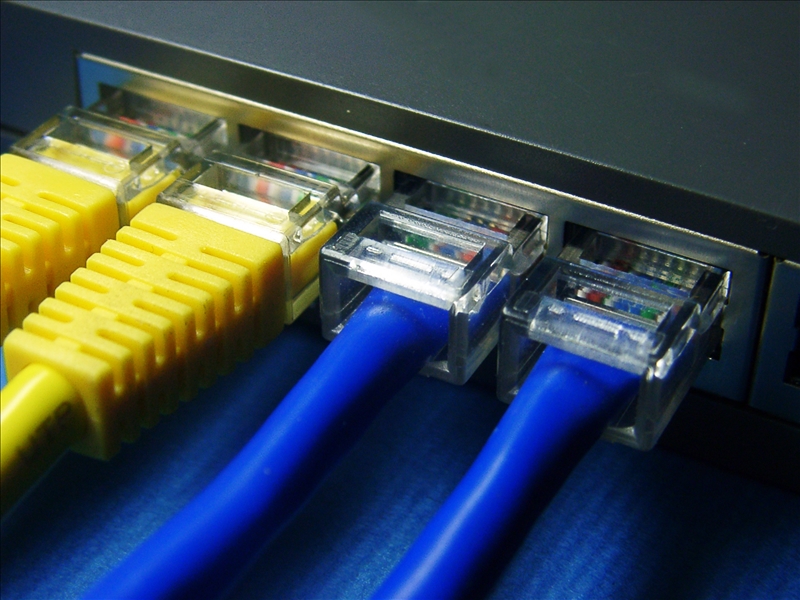
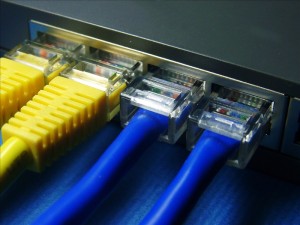 As discussed in Part 1, many users no longer think wired Internet connections are necessary because WiFi has become so
As discussed in Part 1, many users no longer think wired Internet connections are necessary because WiFi has become so 